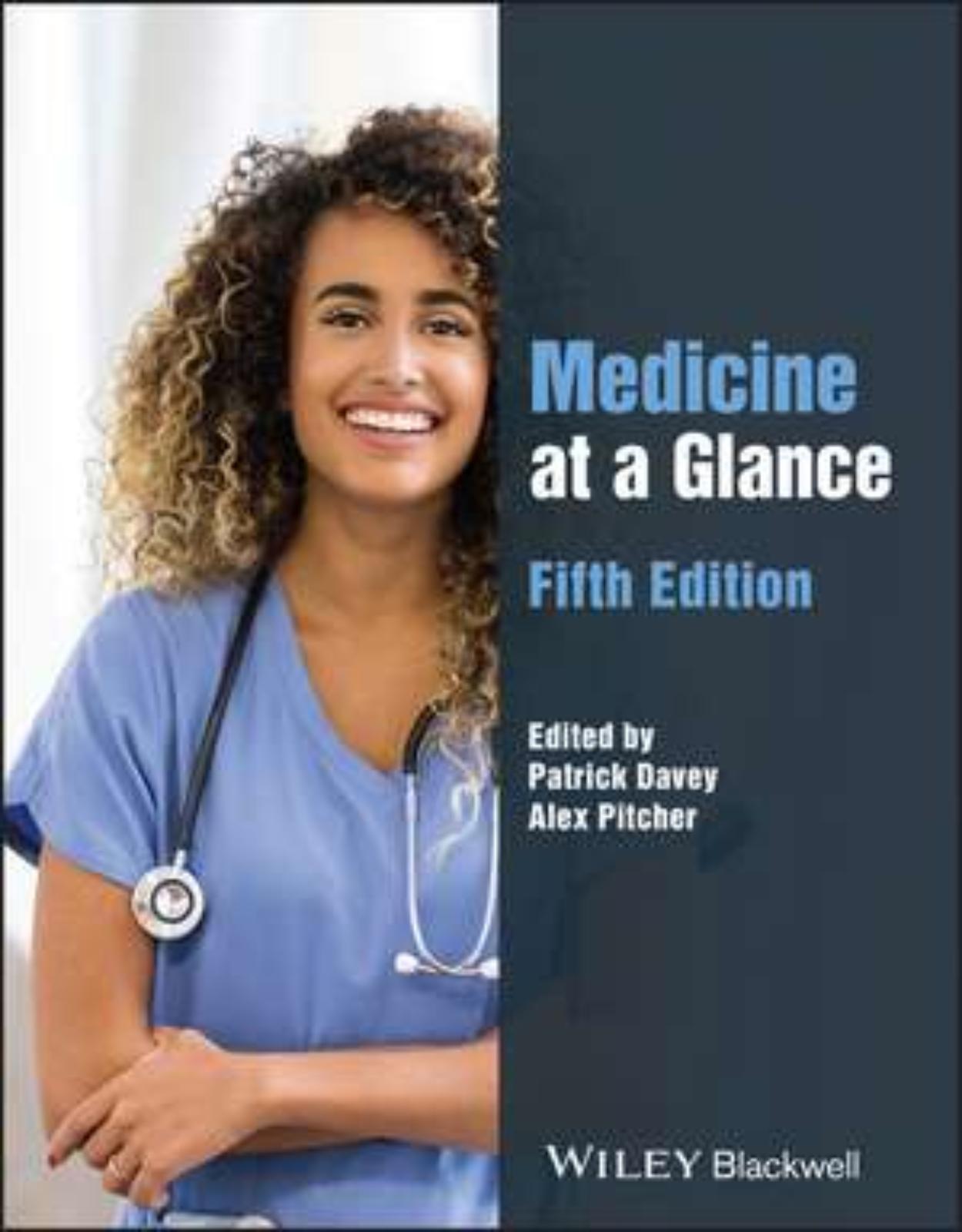
Medicine at a Glance
Livrare gratis la comenzi peste 500 RON. Pentru celelalte comenzi livrarea este 20 RON.
Disponibilitate: La comanda in aproximativ 4 saptamani
Autor: Patrick Davey, Alex Pitcher
Editura: Wiley
Limba: Engleza
Nr. pagini: 608
Coperta: Paperback
Dimensiuni: 216 x 279 mm
An aparitie: 11 apr 2024
Medicine at a Glance
The market‐leading at a Glance series is popular among healthcare students and newly qualified practitioners for its concise and simple approach and excellent illustrations.
Each bite‐sized chapter is covered in a double‐page spread with clear, easy‐to‐follow diagrams, supported by succinct explanatory text.
Covering a wide range of topics, books in the at a Glance series are ideal as introductory texts for teaching, learning and revision, and are useful throughout university and beyond.
Everything you need to know about Medicine… at a Glance!
Discover a fully updated and comprehensive revision guide for the core medical curriculum
In the newly revised Fifth Edition of Medicine at a Glance, expert general physicians and cardiologists, Dr Patrick Davey and Dr Alex Pitcher, deliver a fully updated and comprehensive overview of the core medical curriculum. All topics are presented in an intuitive, double-page spread style with four-colour illustrations included to aid in learning and retention. The book is an essential tool for medical students revising for exams and an excellent reference for those on clinical attachments.
The Fifth Edition includes expanded coverage of COVID, neurology, fluid management, and medical emergencies. As the perfect practical companion for medical students for on-the-go study and review, Medicine at a Glance offers access to a companion website and a bundled “Core Cases” book.
Every bite-sized chapter is supported by clear, easy-to-follow diagrams and succinct explanatory text. The book also offers:
- A thorough introduction to the practice of medicine generally and how to be a medical student, including discussions of patient confidentiality and consent, patient relationships, complaint history, medical history, and the principles of examination
- Comprehensive explorations of clinical presentations at a glance, including cardiovascular disease, respiratory disease, renal medicine, and more
- Practical discussions of diseases and treatments at a glance, including endocrinology, infectious disease, haematology, and more
- In-depth examinations of miscellaneous medical issues, including fluid replacement therapy, psychiatric disorders, and substance misuse
Perfect for medical students, Foundation Programme Doctors, and Physician Associates, Medicine at a Glance is also an indispensable resource for anyone training in the allied health professions seeking a fully updated and comprehensive clinical medicine revision guide.
Table of Contents:
- How to use your revision guide
- About the companion website
- Part 1: Introduction
- 1 How to be a medical student
- Good doctors
- Hippocratic oath and the modern perspective
- Healthcare systems
- How to learn
- How to behave on the wards
- 2 Patient confidentiality
- The duty to maintain confidentiality
- Consent to disclose confidential information
- Breaches of confidentiality
- Confidentiality, privacy and data protection
- 3 Consent
- Mental capacity and consent
- Consent and children
- 4 Relationship with the patient
- Sequence of the consultation
- Privacy
- Language
- Relatives, friends and chaperones
- Hand washing and hospital‐acquired infection
- 5 History of presenting complaint
- Let the patient talk
- More specific questioning
- Premorbid functional status
- Patients’ understanding of their illness
- Focus on the main problems
- Summarize your findings
- 6 Past medical history, drugs and allergies
- Past medical history
- Drug history
- Allergies
- Smoking
- Alcohol
- 7 Family and social history
- Family history
- Social history
- Travel history
- 8 Functional enquiry
- 9 Basic clinical skills
- Clinical assessment of the patient
- Taking the history
- Examination of the patient
- Formulating a differential diagnosis
- Co‐ordinating diagnosis with safe care of the patient
- Presenting the case
- 10 Principles of examination
- Inspect
- Palpate
- Percuss
- Auscultate
- Record findings
- 11 Is the patient ill?
- Assessment of ill patients
- General findings
- Consciousness
- 12 The critically ill patient
- Recognition of the critically ill patient
- Examination of the critically ill patient
- Examination of critically ill patients’ charts
- Admission to intensive care
- Treatment of the critically sick patient
- Part 2: Clinical presentations at a glance
- 13 Chest pain
- Diagnostic assessment of acute chest pain
- Typical myocardial ischaemic pain (cardiac pain)
- Aortic dissection
- Pleuritic pain
- Musculoskeletal chest pain
- Gastro‐oesophageal pain
- Gall bladder disease
- 14 Oedema
- Presentation
- Diagnosis
- Investigations
- Treatment
- 15 Palpitations
- 16 The painful leg
- 17 Heart murmurs
- Aetiology of valvar lesions
- Investigations
- Treatment
- Valve intervention
- 18 Shock
- Useful investigations in diagnosis and management
- General principles of management
- Specific treatments
- 19 Breathlessness, cough and haemoptysis
- Breathlessness
- Cough
- Haemoptysis
- 20 Wheeze (stridor)
- Investigations
- 21 Pleural effusion
- Definition
- Introduction
- Clinical approach
- Investigations
- Management
- 22 Pneumothorax
- Definition
- Epidemiology
- Aetiology
- Pathophysiology
- Clinical features
- Investigations
- Management
- Prognosis
- 23 Unintentional weight loss
- Overall approach
- Epidemiology
- Differential diagnosis
- Consequences of weight loss
- Clinical features
- History
- Examination
- Investigations
- Management
- 24 Constipation and change in bowel habit
- Chronic constipation
- Change in bowel habit in older patients
- 25 Diarrhoea: acute and chronic
- Acute diarrhoea
- Chronic diarrhoea
- 26 Vomiting and intestinal obstruction
- Intestinal obstruction
- Chronic vomiting
- 27 Haematemesis and melaena
- Introduction
- Differential diagnosis
- Clinical clues to the diagnosis
- Examination
- Investigations
- Management
- Surgery
- 28 Rectal bleeding
- Acute lower GI haemorrhage
- Chronic rectal bleeding
- 29 Dysphagia
- Introduction
- Differential diagnosis
- Clinical features
- History
- Examination
- Investigations
- Management
- Neuromuscular dysphagia
- 30 Abdominal pain and dyspepsia
- Abdominal pain
- Dyspepsia
- 31 Jaundice
- Introduction
- Aetiology
- Differential diagnosis
- Clinical features and history
- Examination
- Investigations
- Management
- 32 Abdominal mass
- Differential diagnosis
- Investigations
- 33 Ascites
- Clinical features and investigations
- Management
- 34 Polyuria and oliguria
- Polyuria
- Oliguria in the hospital setting
- Urinary retention
- 35 Dysuria, frequency and urgency
- Acute pyelonephritis
- Acute cystitis
- Urethritis
- Investigations
- 36 Haematuria
- History and examination
- Investigations
- 37 Sweating, flushing and thyroid swellings
- Sweating
- Flushing
- Thyroid swellings
- 38 Obesity
- Definition
- Epidemiology
- Aetiopathogenesis of ‘simple obesity’
- Assessment of the obese patient
- Complications
- Management
- 39 Hirsutism and infertility
- Hirsutism
- Infertility
- 40 Erectile dysfunction and gynaecomastia
- Erectile dysfunction
- Gynaecomastia
- 41 Principles of infection
- The scope of infectious disease
- Principles of managing infection
- Host and microbial factors leading to infection
- Disease production
- Potential clinical consequences of infection
- Prevention of infection
- Treatment of infection
- 42 Investigation of suspected infection
- Full blood count
- CRP and ESR
- Liver function tests
- Microscopy
- Culture
- Serology
- Histology
- Molecular methods
- Imaging
- 43 An approach to the patient with fever of short duration
- Fever
- Assessment of the patient with fever
- Examination
- Investigations
- Non‐infective causes of fever in acutely unwell patients
- Infective causes
- Specific conditions that should not be missed
- 44 Healthcare‐associated infections
- Nosocomial fever
- Antimicrobial resistance (AMR)
- Fever in the neutropenic patient
- 45 Fever of unknown origin
- Classic fever of unknown origin
- Approach to diagnosis
- Investigations (see Chapter 42 for details)
- 46 Fever and rash
- Diffuse erythema
- Vesiculo‐bullous rashes
- Petechial–purpuric rashes
- Maculopapular rashes
- Nodular lesions
- Other rashes/lesions of importance
- 47 Fever in HIV‐infected patients
- History
- Examination
- Diagnosis
- Management
- 48 Fever in the returned traveller
- Incidence
- Most common imported infections
- Diagnosis
- Management
- 49 Vaginal discharge and urethritis in men
- Vaginal discharge
- Urethritis in men
- 50 Anaemia
- Clinical features
- Classification
- Functional classification
- Investigations
- Treatment
- 51 Clinical approach to lymphadenopathy and splenomegaly
- Lymphadenopathy
- Splenomegaly
- 52 The patient with abnormal bleeding or bruising
- Examination
- Investigations
- Treatment
- 53 Leukopenia
- Neutropenia
- Lymphopenia
- 54 Oncological emergencies
- Superior vena caval obstruction
- Malignant spinal cord compression
- Tumour lysis syndrome
- 55 Introduction to neurological diagnosis 1: Neuroepidemiology
- 56 Introduction to neurological diagnosis 2
- Six steps to neurological diagnosis
- Lesion localization
- 57 Introduction to neurological diagnosis 3
- Eye movements
- Spinal cord
- Nerve roots
- Lesion localization in peripheral nerve and muscle
- 58 Common neurological symptoms
- Difficulty walking
- Differential diagnosis of ataxia
- Dizziness
- 59 Weakness
- Weakness of all four limbs
- Weakness of one limb
- Weakness of one side of the body
- Weakness of both lower limbs (paraparesis)
- Weakness of both upper limbs
- 60 Disturbance of vision: a neurological perspective
- Visual loss
- Typical clinical presentations of ‘neurological’ causes of visual loss
- Double vision
- Pupils
- 61 Sudden painless loss of vision
- More urgent
- Less urgent
- 62 Tremor and other involuntary movements
- Common causes of tremor
- Other abnormal movements
- 63 Headache and facial pain
- Classification of primary headache
- Other causes of headache
- 64 Episodic alterations in awareness and consciousness
- Cardiovascular causes of loss of consciousness
- Neurological causes of loss of consciousness
- Prognosis in syncope
- Other causes of altered consciousness
- 65 The red eye
- No pain/just uncomfortable, with normal vision
- Painful, vision might be affected
- Painful, vision affected
- 66 Introduction to rheumatological disease
- Key points in clinical assessment
- History
- Examination
- Investigation
- Core principles in rheumatology
- 67 Low back pain and other regional pain syndromes
- Low back pain
- Regional pain syndromes
- 68 Introduction to dermatology
- History
- Morphology
- Special investigations
- Dermatological treatment
- 69 Pruritus and rashes
- Pruritus
- Rashes
- 70 Hair and nail disorders
- Hirsutes and hypertrichosis
- Alopecia
- Nail disorders
- 71 Leg ulcers
- Clinical features
- Examination
- Investigations
- Treatment
- 72 Photodermatoses
- 73 Pelvic pain
- Clinical approach
- Acute pelvic pain
- Chronic pelvic pain
- 74 Urinary incontinence
- Diagnosis
- Types of urinary incontinence
- 75 Attempted suicide by drug poisoning
- History
- Drug information
- Examination
- Immediate treatment
- Some specific commonly ingested poisons
- 76 Anaphylaxis
- Mechanism
- Clinical features
- Source of allergen
- Differential diagnosis
- Management
- Prognosis
- 77 Allergic reactions
- Inhalant allergy
- Food allergy
- Angioedema
- Urticaria
- Investigation of allergic disease
- 78 Cardiac and respiratory arrest
- Causes of cardiac and respiratory arrest
- Cardiopulmonary resuscitation
- 79 Delirium
- Recognition of delirium
- Diagnosing the cause of delirium
- Prevention and management of delirium
- 80 Coma
- Assessment of the level of consciousness
- Priorities in the management of the comatose patient
- Clinical assessment of the comatose patient
- Further management
- Prognosis
- Part 3: Diseases and treatments at a glance
- 81 Hypertension
- Definition
- Incidence
- Pathophysiology
- Clinical features
- Effects of hypertension
- Severity
- Investigations
- Treatment
- Hypertension urgencies and emergencies
- 82 Hyperlipidaemia
- Definition and incidence
- Lipid metabolism and lipoproteins
- Secondary hyperlipidaemias
- Genetic hyperlipidaemias
- Lipids in atherosclerosis
- Lipid lowering and risk factor modification
- Multiple risk factor modification
- 83 Acute coronary syndromes
- General approach
- Diagnosis of myocardial ischaemia
- Differential diagnosis of myocardial ischaemia
- Physical examination
- Investigations
- Acute coronary syndromes including acute STEMI
- 84 ST segment elevation myocardial infarction
- Demographics
- Clinical features
- Investigations
- Management
- Complications
- Prognosis and rehabilitation
- Risk stratification
- 85 Chronic coronary syndromes
- Diagnosis
- Diagnostic testing in chronic chest pain syndromes
- Risk stratification
- Treatment
- 86 Acute aortic dissection
- Risk factors
- Pathology
- Clinical features
- Investigations
- Management
- Prognosis
- 87 Heart failure
- Symptoms and signs
- Pathophysiology
- Classification
- Demographics and prognosis
- Aetiology
- Investigations
- Treatment
- Complications
- 88 Aortic valve disease
- Aortic stenosis
- Aortic regurgitation
- 89 Mitral valve disease
- Mitral stenosis
- Mitral prolapse
- Mitral regurgitation
- 90 Cardiomyopathies
- Dilated cardiomyopathy
- Hypertrophic cardiomyopathy
- Arrhythmogenic cardiomyopathy
- Restrictive cardiomyopathy
- 91 Pericardial disease
- Acute pericarditis
- Pericardial effusion
- Constrictive pericarditis
- 92 Pulmonary embolism
- Definition
- Risk factors
- Clinical features
- Investigations
- Treatment (Table 92.1)
- Chronic thromboembolic disease
- Thrombophilia
- 93 Cardiac infections
- Infective endocarditis
- Myocarditis
- Pericarditis
- Rheumatic fever
- 94 Tachyarrhythmias
- Clinical features
- Key facts for understanding arrhythmias
- Supraventricular arrhythmias
- Atrial flutter
- Ventricular tachycardias
- Ventricular fibrillation
- 95 Bradyarrhythmias
- Definition and clinical features
- Aetiology
- Sinoatrial node disease
- Atrioventricular block
- Investigations
- Treatment
- 96 Congenital heart disease
- Definition and incidence
- Classification
- Ventricular septal defect
- Atrial septal defect
- Patent ductus arteriosus
- Eisenmenger syndrome
- Coarctation of the aorta
- Complex congenital heart disease
- Adult congenital heart disease
- 97 Lung function tests
- Spirometric tests of airway function
- Lung volumes
- Tests of gas exchange
- Other investigations
- 98 Overnight oximetry and sleep apnoea
- Obstructive sleep apnoea
- 99 Respiratory failure
- What is the A–a gradient?
- Causes of hypoxaemia
- Causes of hypercapnia
- Symptoms and signs of respiratory failure
- Treatment of respiratory failure
- 100 Arterial blood gas analysis
- Blood gas values
- Acid–base homeostasis
- A practical approach to blood gas interpretation
- 101 Chest X‐ray anatomy
- Chest anatomy seen on posteroanterior view
- Important anatomical landmarks and structures on a normal chest X‐ray
- 102 Basic chest X‐ray interpretation
- 103 Chest X‐ray cases 1
- Cardiomegaly
- Pulmonary oedema
- Pleural effusion
- Prosthetic heart valves
- Pleural plaques
- 104 Chest X‐ray cases 2
- Pneumothorax
- Haemothorax
- Lobar collapse
- Tubes, lines and prostheses
- 105 Non‐invasive ventilation
- Indications
- Continuous positive airways pressure
- Negative and positive pressure ventilation
- 106 Mechanical ventilation
- Indications
- Ventilator set‐up
- Mode of ventilation
- Physiological responses to mechanical ventilation
- Complications
- Rescue therapies
- 107 Lower respiratory tract infection: pneumonia
- Community‐acquired pneumonia
- Hospital‐acquired pneumonia
- Lung abscess
- Pneumonia in the immunocompromised
- 108 Upper respiratory tract infection
- 109 Asthma
- Definition
- Epidemiology
- Aetiology
- Pathology
- Clinical features
- Investigations
- Management
- Prognosis
- 110 Chronic obstructive pulmonary disease
- Definition
- Epidemiology
- Aetiology
- Pathology
- Clinical features
- Investigations
- Management
- Prognosis
- 111 Bronchiectasis
- Definition and epidemiology
- Aetiology
- Pathophysiology
- Clinical features
- Complications
- Investigations
- Management
- Prognosis
- 112 Cystic fibrosis
- Definition
- Epidemiology
- Aetiology
- Pathophysiology
- Clinical features
- Investigations
- Management
- Prognosis
- 113 Sarcoidosis and other granulomatous lung diseases
- Sarcoidosis
- Beryllium disease
- Histiocytosis X (Langerhans cell histiocytosis)
- 114 Hypersensitivity pneumonitis (extrinsic allergic alveolitis)
- Definition
- Epidemiology
- Aetiology
- Pathophysiology
- Clinical features
- Investigations
- Management
- Prognosis
- 115 Pulmonary fibrosis
- Definition
- Aetiology
- Epidemiology
- Pathology
- Clinical features
- Investigations
- Management
- Prognosis
- 116 Pulmonary eosinophilia and vasculitis
- Pulmonary eosinophilia
- Vasculitis without eosinophilia
- Granulomatosis with polyangiitis (GPA)
- Other immunologically mediated disease of the lung
- 117 Fungi and the lung
- Common fungal lung infections
- Other fungal lung infections
- 118 Industrial lung disease
- Dust inhalation diseases
- Asbestosis
- Other asbestos‐related diseases: mesothelioma
- Pleural plaques, pleural thickening and pleural effusion
- Coal worker’s pneumoconiosis
- Silicosis
- 119 Lung disease caused by drugs
- Clinical features
- Radiological features
- Investigations
- 120 BOOP and ARDS
- Bronchiolitis obliterans organizing pneumonia
- Acute respiratory distress syndrome
- 121 Primary tumours of the lung
- Epidemiology
- Aetiology
- Clinical features
- Investigations
- Management
- Prognosis
- 122 Gastrointestinal infections
- Acute gastroenteritis
- Chronic infections
- 123 Reflux
- Incidence
- Pathophysiology
- Clinical features
- Investigations
- Management and prognosis
- Barrett’s oesophagus
- 124 Peptic ulcer disease
- Duodenal ulcer
- Gastric ulcer
- 125 Iron deficiency
- Clinical features
- History
- Examination
- Investigations
- Management
- 126 Abnormal liver chemistry
- Overall approach
- Examination
- Investigations
- Management
- 127 Diverticular disease
- Incidence
- Pathophysiology
- Clinical features
- Investigations
- Management and prognosis
- 128 Inflammatory bowel disease
- Ulcerative colitis
- Crohn’s disease
- 129 Gallstone disease
- Pathophysiology
- Clinical features
- Investigations
- Management and prognosis
- 130 Malabsorption
- Clinical features and examination
- Investigations
- Management
- Diseases causing malabsorption
- 131 Pancreatitis and pancreatic cancer
- Acute pancreatitis
- Chronic pancreatitis
- Pancreatic cancer
- 132 Inflammatory liver disease: viral and immune
- Viral hepatitis
- Autoimmune hepatitis
- Primary biliary cirrhosis
- Clinical features
- Investigations
- Management and prognosis
- Primary sclerosing cholangitis
- Clinical features
- Investigations
- Management and prognosis
- 133 Metabolic liver disease (including alcohol)
- Alcoholic liver disease
- Haemochromatosis
- Wilson disease
- 134 Acute and chronic liver disease
- Acute hepatitis
- Acute liver failure
- Chronic liver disease
- 135 Functional gastrointestinal disorders
- Incidence and pathophysiology
- Clinical features
- Management and prognosis
- 136 Upper gastrointestinal cancer
- Oesophageal carcinoma
- Gastric carcinoma
- 137 Colorectal cancer
- Incidence
- Pathophysiology
- Clinical features
- Investigations
- Management and prognosis
- Screening
- 138 Nutrition
- Identification of malnutrition in hospital patients
- Nutritional support
- Refeeding syndrome
- 139 Renal physiology and function tests
- Glomerular function
- Renal concentrating ability
- Amino acid conserving function
- Renal acid–base control
- Electrolyte control
- Hormonal function
- 140 Hypokalaemia and hyperkalaemia
- Hypokalaemia
- Hyperkalaemia
- 141 Hyponatraemia and hypernatraemia
- Hyponatraemia
- Syndrome of inappropriate ADH secretion
- Hypernatraemia
- 142 Disorders of acid–base balance
- Metabolic acidosis
- Metabolic alkalosis
- Respiratory acidosis
- Respiratory alkalosis
- Mixed acid–base disorders
- 143 Urinary calculi
- Aetiology
- Presentation
- Investigations
- Management
- Prevention
- 144 Nephrotic and nephritic syndromes
- Proteinuria and the nephrotic syndrome
- The nephrotic syndrome
- The nephritic syndrome
- 145 Glomerulonephritis
- Acute glomerulonephritis
- Chronic glomerulonephritis
- 146 Renal involvement in systemic disease
- Diabetes mellitus
- Myeloma
- Amyloidosis
- Haemolytic uraemic syndrome
- Renovascular disease
- Renal vasculitis
- Granulomatosis with polyangiitis (GPA)
- Microscopic polyangiitis
- Goodpasture syndrome
- Polyarteritis nodosa
- Systemic lupus erythematosus
- Henoch–Schönlein purpura
- Scleroderma
- Cryoglobulinaemia
- 147 Hereditary renal disorders
- Autosomal dominant polycystic kidney disease
- Simple cysts
- Other inherited disorders affecting the kidney
- 148 Tubulointerstitial disease
- Acute interstitial nephritis
- Cholesterol emboli
- Chronic interstitial nephritis and chronic pyelonephritis
- Isolated/specific tubular defects
- Reflux nephropathy
- Other congenital malformations of the urinary tract
- 149 Acute renal failure
- Pre‐renal causes
- Renal causes
- Postrenal causes
- Diagnostic approach
- Management
- 150 Chronic renal failure and the dialysis patient
- Management (see Table 150.1)
- 151 The renal transplant recipient
- 152 Drugs and renal failure
- Effect of renal impairment on excretion
- Effect of renal impairment on drug action
- Effect of drug on the kidneys
- 153 Benign prostatic hypertrophy
- Examination
- Investigations
- Management
- 154 Urinary tract infection
- Investigations
- Management
- 155 Diabetes and its complications
- Definition
- Diagnosis
- Classification and pathophysiology
- Management
- Complications of diabetes
- 156 Diabetic emergencies
- Diabetic ketoacidosis
- Hyperosmolar hyperglycaemic state
- Lactic acidosis
- 157 Hyperprolactinaemia and acromegaly
- Hyperprolactinaemia
- Acromegaly
- 158 Hypothyroidism
- Epidemiology
- Causes
- Clinical features
- Investigations
- Management
- Myxoedema coma
- Congenital hypothyroidism
- 159 Hyperthyroidism
- Definition and epidemiology
- Causes
- Clinical features
- Investigations
- Management
- 160 Calcium metabolism
- Acute hypercalcaemia
- Hypocalcaemia
- 161 Adrenal disease
- Adrenal failure
- Hyperaldosteronism
- Phaeochromocytoma
- Cushing’s syndrome
- 162 Miscellaneous endocrine disorders
- Diseases of the pituitary gland
- Pituitary tumours
- Arginine Vasopressin Deficiency (AVP‐D) or Arginine Vasopressin Resistance (AVP‐R)
- Syndrome of inappropriate ADH secretion
- Multiple endocrine neoplasia
- 163 Hypogonadism
- Male hypogonadism
- Female hypogonadism
- Menstrual failure (amenorrhoea)
- 164 Bacteraemia and septic shock
- Definitions
- Epidemiology
- Clinical manifestations of sepsis
- Management
- Prognosis
- 165 Herpes virus infections in adults
- Epstein–Barr virus
- Diagnosis and treatment
- Herpes simplex virus
- Varicella‐zoster virus
- Cytomegalovirus
- 166 HIV infection and advanced HIV disease
- Epidemiology
- Pathogenesis
- Clinical patterns
- Diagnosis of HIV infection
- Treatment of HIV infection
- Common opportunistic infections
- 167 Common fungal infections
- Candida species
- Aspergillus species
- Cryptococcal disease
- 168 Specific bacterial infections
- Listeriosis
- Brucellosis
- Tetanus
- Lyme disease
- Syphilis
- 169 Malaria
- Epidemiology
- Pathogenesis
- Clinical features
- Diagnosis
- Differential diagnosis
- Treatment and management
- 170 Tuberculosis
- Epidemiology
- Pathogenesis
- Primary infection
- Pulmonary TB
- Extrapulmonary disease
- Diagnosis
- Treatment
- 171 Tropical infectious diseases
- Enteric fever
- Dengue
- Schistosomiasis
- Rickettsial/other tick‐borne infections
- Leptospirosis
- Viral haemorrhagic fevers
- 172 Diseases predisposing to infection
- Diseases predisposing to infections with common bacterial pathogens
- Structural factors predisposing to infection
- Miscellaneous conditions
- Diseases predisposing to infection with unusual pathogens
- 173 Immunological deficiency syndromes
- Antibody deficiency syndromes
- T‐cell deficiencies
- Severe combined immunodeficiency
- Neutrophil disorders
- Complement deficiency
- 174 Haematinic deficiency anaemias
- Iron deficiency
- Vitamin B12 deficiency
- Pernicious anaemia
- Folate deficiency
- 175 Haemolytic anaemia
- General laboratory abnormalities in haemolysis
- Hereditary haemolytic anaemias
- Acquired haemolytic anaemias
- Microangiopathic haemolytic anaemia
- Cardiac haemolysis
- Thrombotic thrombocytopenic purpura (TTP)
- Haemolytic uraemic syndrome
- 176 Thalassaemia and sickle cell disease
- Thalassaemia
- Sickle cell disease
- Other haemoglobin variants
- 177 Bone marrow failure
- Acquired aplastic anaemia
- Paroxysmal nocturnal haemoglobinuria
- Congenital aplastic anaemia
- 178 Acute leukaemia
- Epidemiology
- Symptoms and signs
- Investigations
- Management
- Prognosis
- 179 Lymphoma
- General principles
- Suspecting and investigating malignant lymphoid diseases
- Classical Hodgkin lymphoma
- Nodular lymphocyte‐predominant HL
- 180 Non‐Hodgkin lymphoma
- Aetiology
- Clinical classification
- Low‐grade NHL
- High‐grade NHL
- 181 Myeloproliferative neoplasms
- Chronic myeloid leukaemia
- Myelofibrosis
- Polycythaemia vera (PV)
- Essential thrombocythaemia (ET)
- 182 Myeloma
- Pathophysiology
- Clinical features and investigations
- Treatment and prognosis
- Monoclonal gammopathy of undetermined significance
- 183 Myelodysplasia
- Clinical features
- Diagnosis
- Treatment and prognosis
- 184 The blood in systemic disease
- Anaemia of chronic disease
- Anaemia of acute disease
- Leukoerythroblastic anaemia
- Polycythaemia
- Leukocytosis
- Thrombocytosis
- 185 Platelet disorders
- Physiology of haemostasis
- Platelet disorders
- 186 Disorders of coagulation
- In vitro tests of clotting
- In vivo coagulation
- Inherited disorders of coagulation
- Acquired disorders of coagulation
- 187 Anticoagulation and antiplatelet drugs
- Antiplatelet agents
- Anticoagulants
- 188 Thrombophilia
- Inherited thrombophilia
- Acquired thrombophilia
- 189 Aetiology of cancer
- Environmental causes of carcinogenesis
- Inherited factors contributing to the development of cancer
- Genetic mechanisms underlying carcinogenesis
- Factors underlying the growth and spread of tumours
- 190 Diagnostic strategies and basic principles of cancer management
- Important diagnostic strategies
- Principles of surgical oncology
- Basic principles of radiotherapy
- Systemic anticancer therapy
- Basic principles of chemotherapy
- Other therapies
- 191 Cancer screening and early detection
- Principles of screening
- Breast cancer
- Colorectal cancer
- Cervical cancer
- The future for screening
- Education and awareness
- 192 Breast cancer
- Epidemiology and aetiology
- Molecular genetics
- Pathology
- Histological grading and pathology
- Investigations
- Staging
- Treatment of early‐stage breast cancer
- Follow‐up
- Locally advanced breast cancer
- Metastatic/advanced breast cancer
- 193 Prostate cancer
- Aetiology
- Pathology
- Clinical presentation
- Staging (see Table 193.1)
- Clinical approach
- Investigations
- Genetics
- Treatment of localized prostate cancer
- Metastatic prostate cancer
- 194 Cancer with an unknown primary
- Initial work‐up
- Neoplasms of unknown primary site
- Neuroendocrine carcinoma
- General approach to management
- 195 Paraneoplastic cancer syndromes and hormone‐producing cancers
- Pathogenesis
- Anaemia
- Cachexia
- Syndrome of inappropriate ADH secretion
- Hypercalcaemia
- Cushing syndrome
- Hypoglycaemia
- Neurological paraneoplastic syndromes
- Dermatological paraneoplastic syndromes
- Rare syndromes
- 196 Palliative care
- Pain
- The terminal phase of illness and end‐of‐life care
- 197 Head computed tomography cases
- Intracranial haemorrhage
- Cerebral infarction
- Intracranial tumours
- 198 Head magnetic resonance imaging cases
- Intracranial haemorrhage
- Cerebral infarction and diffusion‐weighted MRI
- Intracranial tumours
- 199 Stroke
- Key features
- Time course of strokes
- Anatomy of strokes
- Risk factors for stroke
- 200 Management of stroke
- Acute management
- Long‐term management (see Table 200.1)
- 201 Other vascular disorders of the brain
- Subarachnoid haemorrhage
- Subdural haemorrhage
- Venous sinus thrombosis
- 202 Dementias
- Alzheimer disease
- Frontotemporal dementia
- Vascular dementia
- Dementia with Lewy bodies
- Prion diseases
- Cognitive impairment in younger patients
- 203 Epilepsy
- Causes of seizures
- Epidemiology
- Simplified classification
- Diagnosis
- Specific syndromes
- Treatment
- 204 Multiple sclerosis
- Clinical spectrum
- Clinical features
- Diagnosis
- Differential diagnosis
- Prognosis
- Treatment
- Neuromyelitis optica
- 205 Infections of the central nervous system
- Meningitis
- Encephalitis
- Cerebral abscess
- Prion diseases
- Parasitic diseases
- Neurological consequences of HIV disease
- 206 Tumours and the nervous system
- Neoplasia and the CNS
- Specific tumours
- Malignant meningitis
- Paraneoplastic disorders
- Neurocutaneous syndromes
- 207 Spinal cord disease
- Acute spinal cord compression
- Progressive spastic paraparesis
- Transverse myelitis
- Anterior spinal artery thrombosis
- Disc prolapse
- Syringomyelia
- Spinal shock
- 208 Neuromuscular disease
- The motor unit
- Motor neuron disease
- Poliomyelitis
- Myasthenia gravis
- Inflammatory myopathies
- Muscular dystrophies
- Myotonic dystrophy
- Metabolic myopathies
- 209 Peripheral neuropathy
- Clinical approach
- Neuropathy classification
- Polyneuropathies
- Common mononeuropathies
- Rarer mononeuropathies
- Mononeuritis multiplex
- 210 Movement disorders
- Parkinsonism
- Neurodegenerative akinetic–rigid syndromes mimicking Parkinson disease
- Dystonia
- Huntington disease
- Drug‐induced movement disorders
- Movement disorders in young people
- 211 Osteoarthritis
- Epidemiology
- Aetiology and pathogenesis
- Classification
- Clinical features
- Physical findings
- Subsets of osteoarthritis
- Investigations
- Management
- 212 Gout and pseudogout (calcium pyrophosphate dihydrate arthropathy)
- Gout
- Pseudogout (CPPD arthropathy)
- 213 Arthritis associated with infectious agents
- Definitions
- Epidemiology of joint infection
- Septic arthritis
- Arthritis as a feature of systemic infection
- 214 Vasculitis
- Definition
- Key points
- Epidemiology and pathogenesis
- History and examination
- Investigations (See also Table 66.1)
- Prognosis and treatment
- Kawasaki arteritis
- 215 Metabolic bone disease
- Osteoporosis
- Osteomalacia/rickets
- Parathyroid and renal bone disease
- 216 Other bone disease
- Paget disease
- Osteonecrosis (avascular necrosis)
- Osteomyelitis
- 217 Rheumatoid arthritis
- Epidemiology
- Aetiology and pathogenesis
- Clinical features at onset/early
- Clinical features: established/chronic RA
- Investigations
- Management
- Pharmacological therapy (Table 217.2)
- Prognosis and outcome
- 218 Inflammatory spondyloarthropathies
- Epidemiology
- Clinical features
- Ankylosing spondylitis (r‐AxSpA)
- Psoriatic arthritis (pPsA ± axSpA)
- Management of psoriatic arthritis and ankylosing spondylitis
- Reactive arthritis
- Enteropathic arthritis
- 219 Systemic lupus erythematosus
- Aetiology and epidemiology
- Clinical features and classification criteria
- Immunology and other investigations in SLE
- Management and therapy
- Prognosis
- 220 Myositis syndromes, polymyalgia rheumatica and systemic sclerosis
- Myositis
- Polymyalgia rheumatica
- Systemic sclerosis
- 221 Eczema and urticaria
- Atopic dermatitis
- Other types of endogenous eczema
- Contact dermatitis
- Urticaria
- Urticarial vasculitis
- Hereditary angioedema
- 222 Psoriasis
- Aetiology, pathogenesis and clinical features
- Investigations, management and prognosis
- Management and prognosis
- Reactive arthritis
- 223 Blistering diseases
- Congenital blistering diseases
- Toxic epidermal necrolysis: Lyell syndrome
- Bullous pemphigoid
- Pemphigus vulgaris
- Dermatitis herpetiformis
- 224 Skin infections and infestations
- Staphylococci
- Streptococci
- Herpes skin infections
- Warts
- Mollusca
- Fungal infections
- Parasitosis
- Mycobacteria and the skin
- 225 Acne, rosacea and hidradenitis
- Acne vulgaris
- Rosacea
- Hidradenitis suppurativa
- 226 The skin and systemic disease
- Raynaud phenomenon
- Human immunodeficiency virus
- Drug eruptions
- Vasculitis
- Skin markers of internal malignancy
- Systemic sclerosis
- 227 Disorders of skin pigmentation
- Hyperpigmentation
- Hypopigmentation
- Vitiligo
- 228 Skin tumours
- Premalignant disease
- Malignant disease
- Lymphoma
- 229 Orogenital disease
- Oral disorders
- Vulval disorders
- Penile disorders
- Genital ulceration
- Orogenital syndromes
- 230 Endometriosis and adenomyosis
- Endometriosis
- Adenomyosis
- 231 Polycystic ovary syndrome
- Diagnosis
- Clinical consequences
- Management
- 232 Hypertensive disorders of pregnancy
- Effects of pregnancy on maternal cardiovascular system
- Classification
- Gestational hypertension
- Pre‐eclampsia
- 233 Cardiovascular disease in pregnancy
- Maternal heart disease in pregnancy
- Thromboembolic disease in pregnancy
- 234 Other medical and surgical conditions in pregnancy
- Neurological diseases in pregnancy
- Neurological emergencies in pregnancy
- Psychiatric disorders in pregnancy
- Pulmonary disease in pregnancy
- Renal disease in pregnancy
- Autoimmune diseases in pregnancy
- Surgical conditions in pregnancy
- 235 Fluid replacement therapy
- Assessment of hypovolaemia
- Management of severely hypovolaemic patients
- Which fluid should be chosen?
- 236 Illness in elderly people
- Premorbid condition
- Polypharmacy
- Differential diagnosis
- Clinical presentations and diseases
- Specific issues
- Diagnostic issues
- Consequence and treatment of illness
- Rehabilitation
- 237 Chronic tiredness and other medically unexplained symptoms
- Chronic fatigue
- Medically unexplained symptoms
- Somatic symptom disorder (SSD, formerly known as somatization disorder)
- Chronic fatigue syndrome
- 238 Psychiatric disorders
- Common psychological illnesses seen in medical practice
- Schizophrenia
- Affective (mood) disorders
- Substance misuse
- 239 Substance misuse
- Aetiology and management
- Specific substances
- 240 Alcohol misuse
- Safe limits
- Classification
- Epidemiology
- Detection and screening
- Aetiology
- Complications
- Management
- Prognosis
- 241 Drug toxicity (adverse drug reactions)
- Predictable side‐effects
- Increased tissue action of the drug
- Toxicity arising from predictable drug–drug interactions
- Toxicity arising from other predictable mechanisms
- Immune reactions
- Unpredictable and other mechanisms giving rise to toxicity
- Diagnosis
- Management
- 242 COVID‐19
- Epidemiology
- Pathogenesis
- Clinical features
- Diagnosis
- Treatment and management
- Preventing infection
- Index
- End User License Agreement
| An aparitie | 11 apr 2024 |
| Autor | Patrick Davey, Alex Pitcher |
| Dimensiuni | 216 x 279 mm |
| Editura | Wiley |
| Format | Paperback |
| ISBN | 9781119430490 |
| Limba | Engleza |
| Nr pag | 608 |

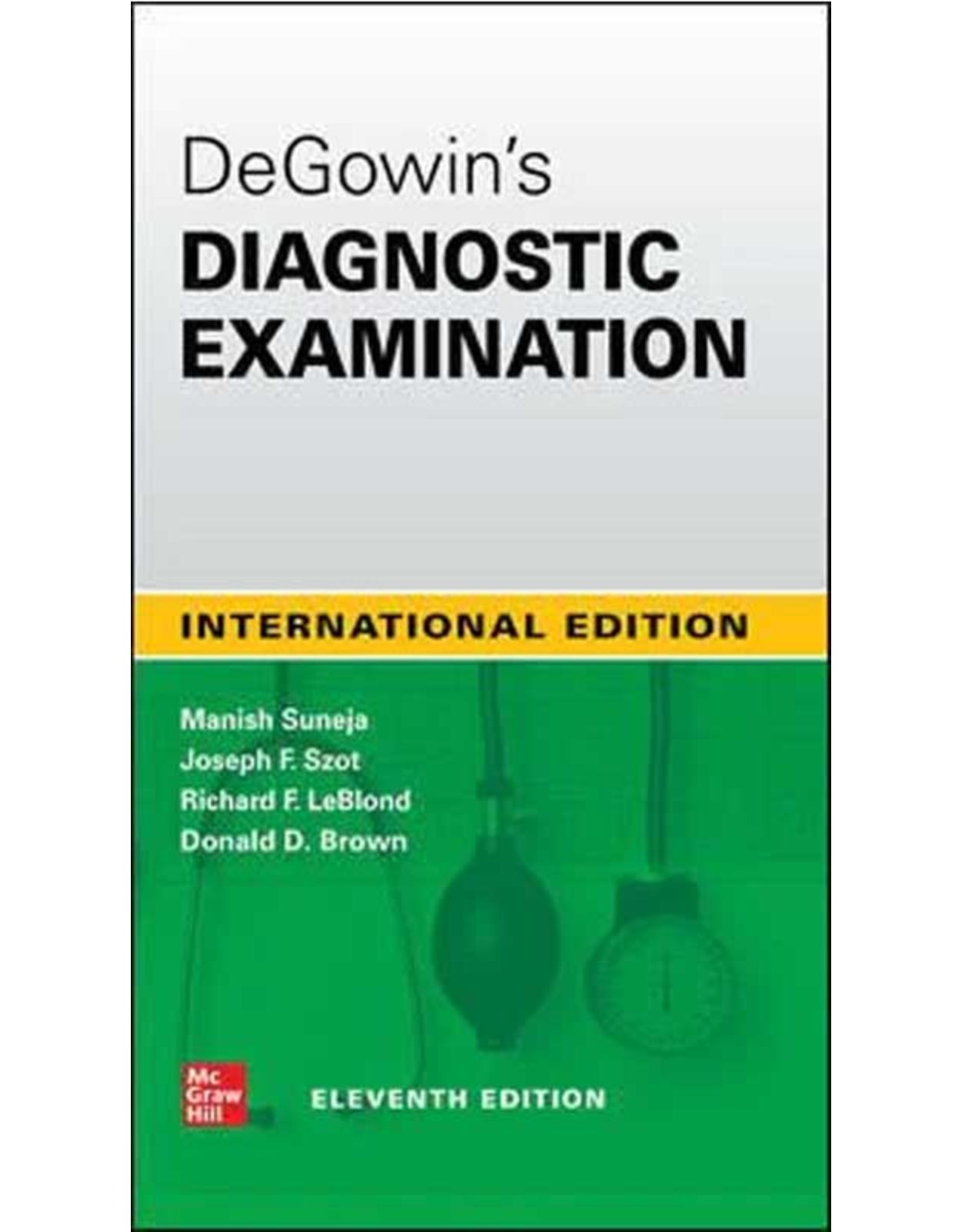
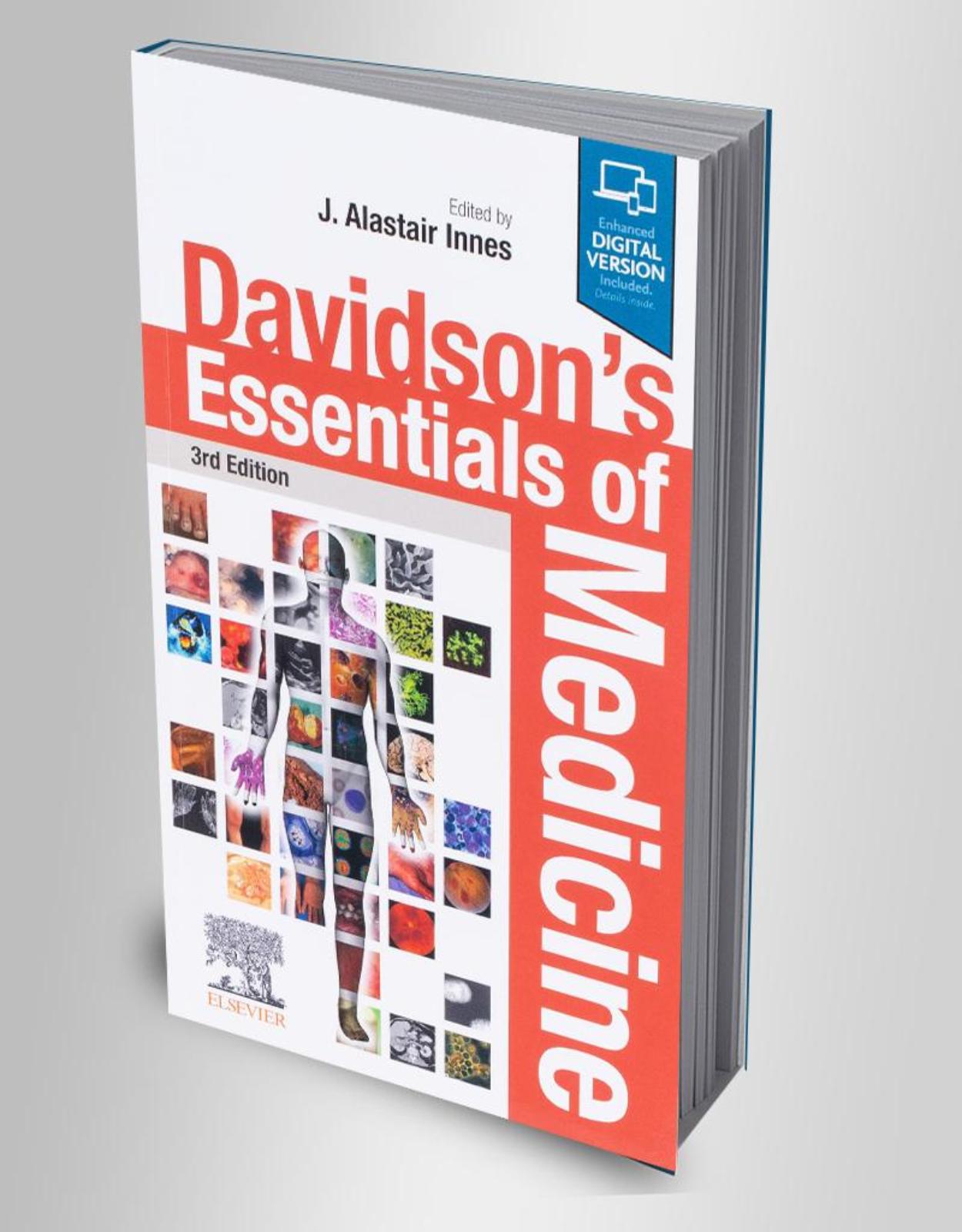
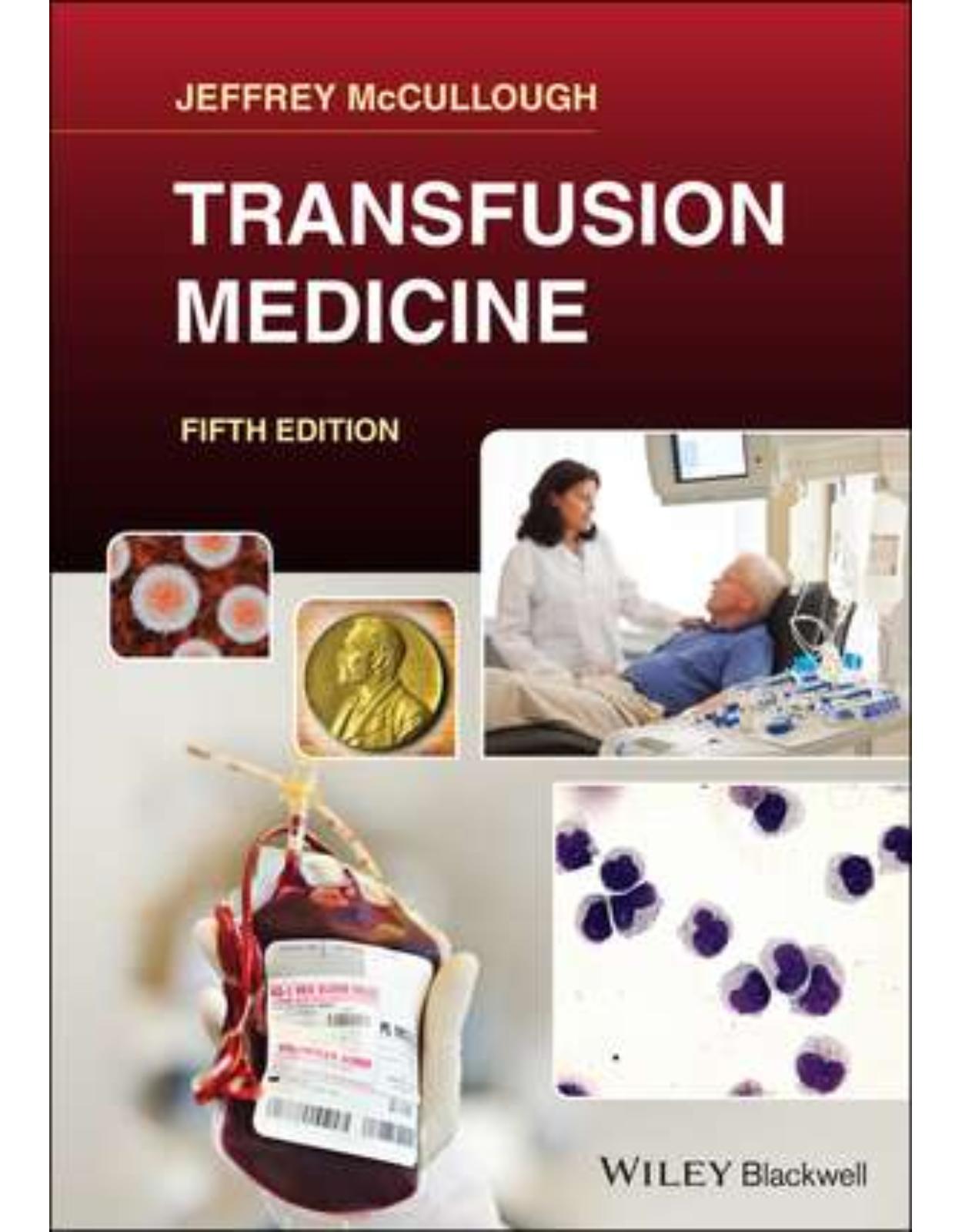
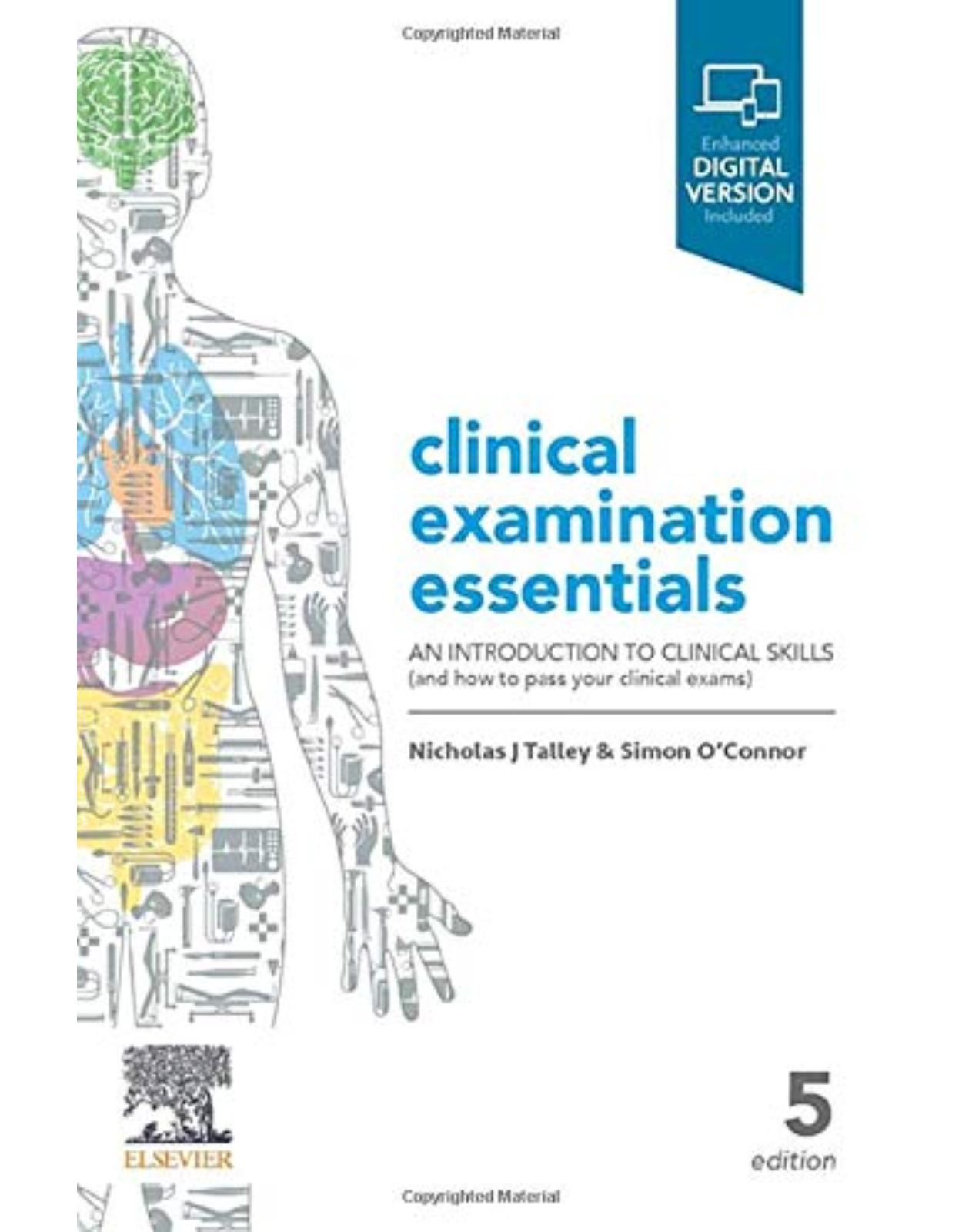
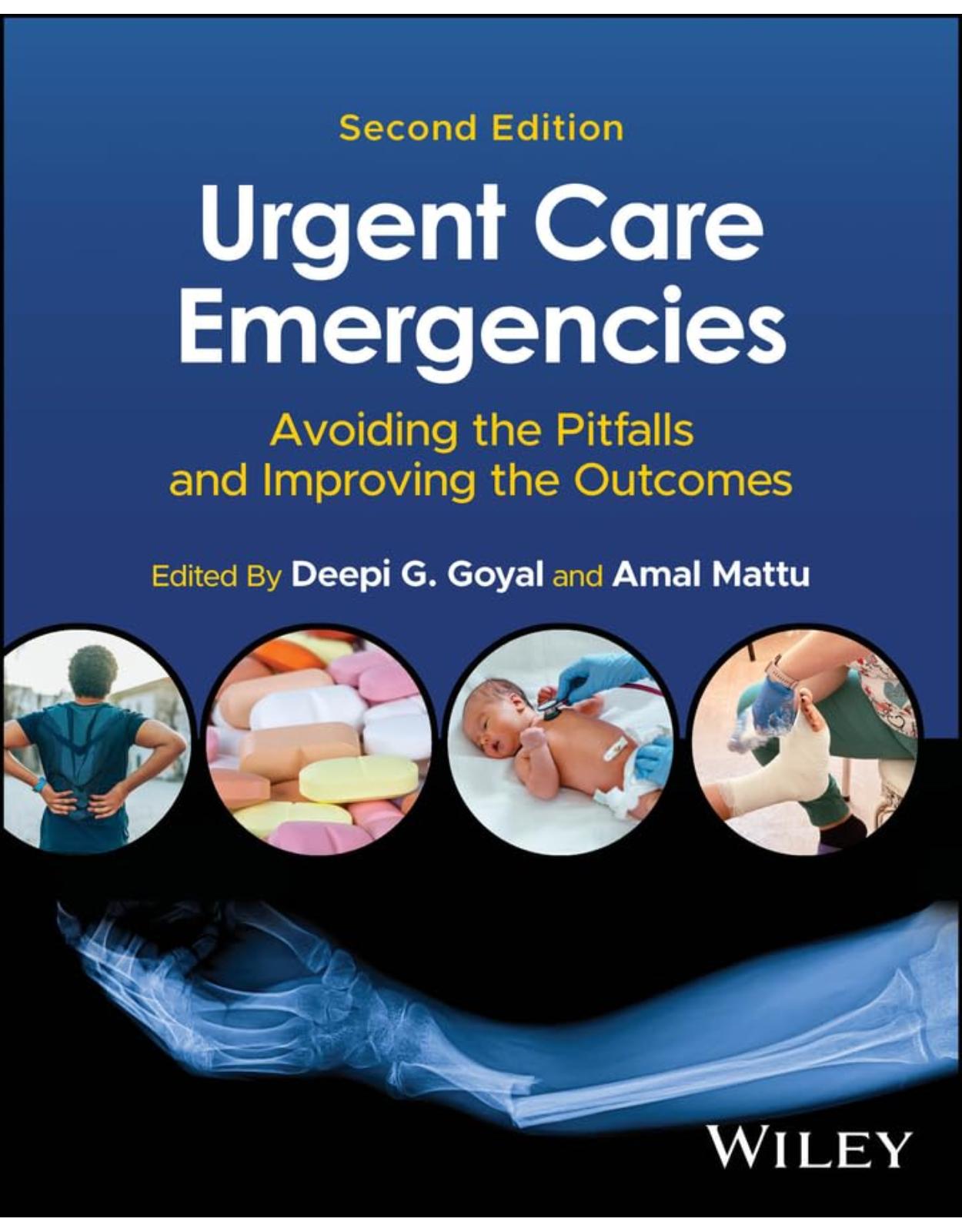
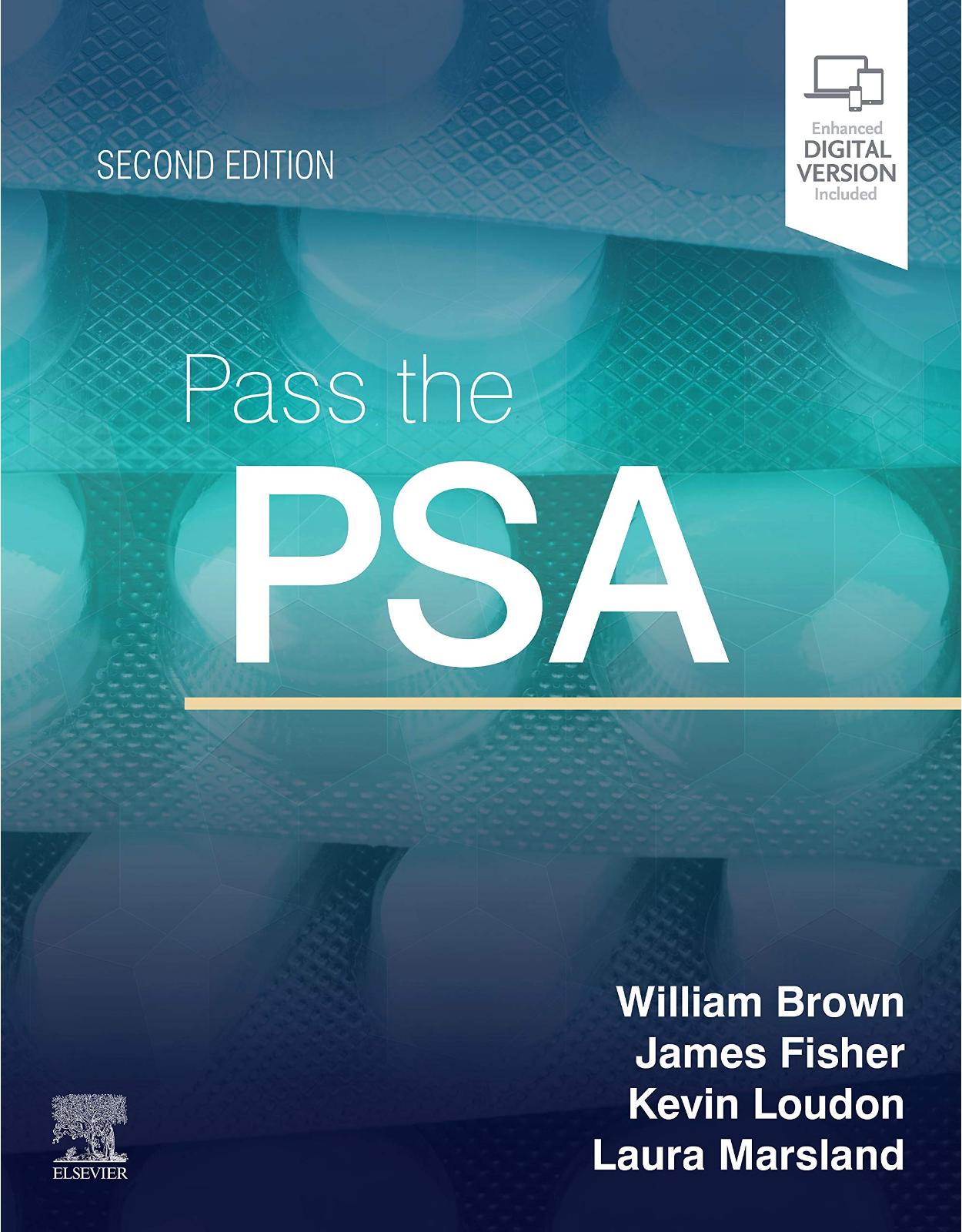
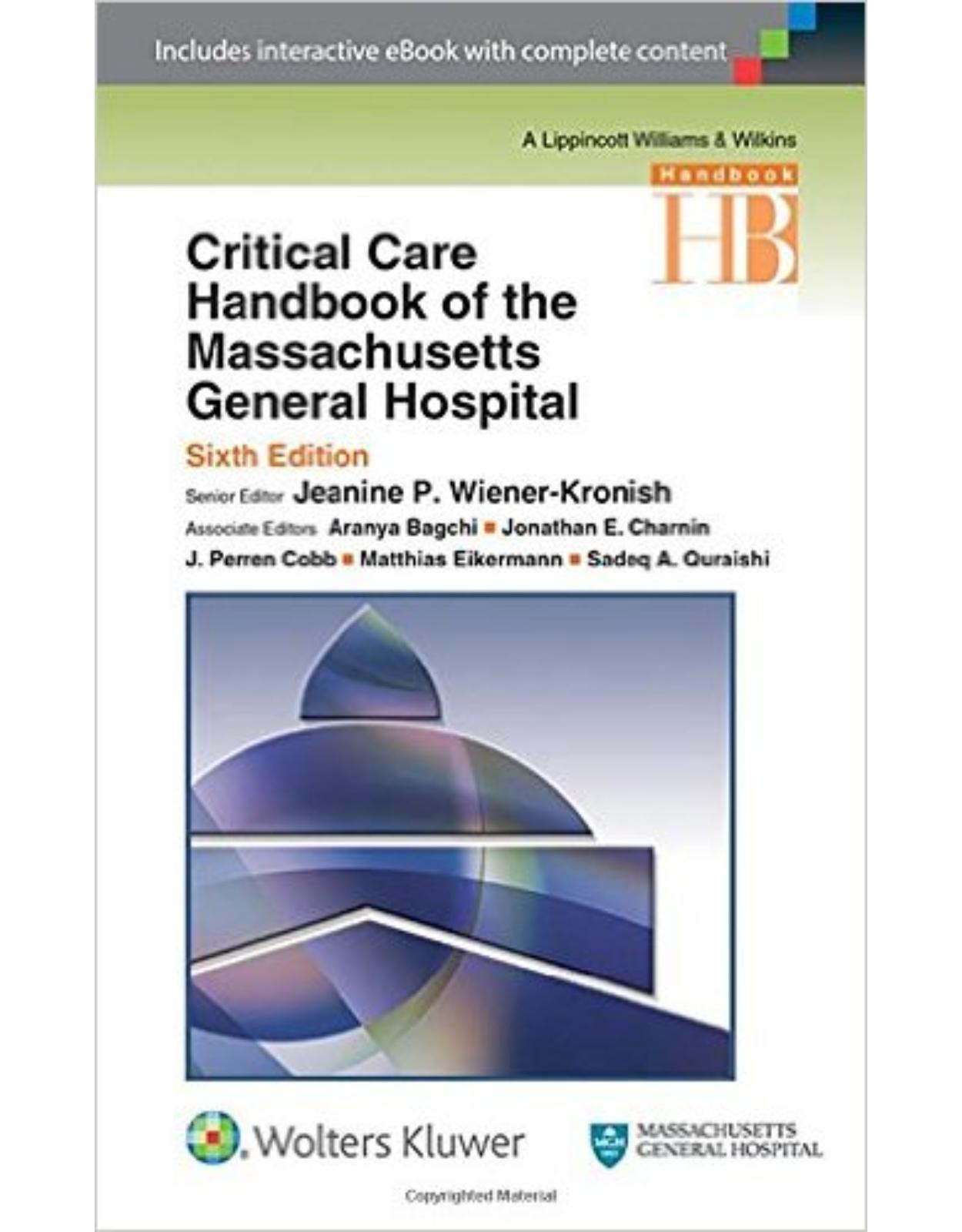
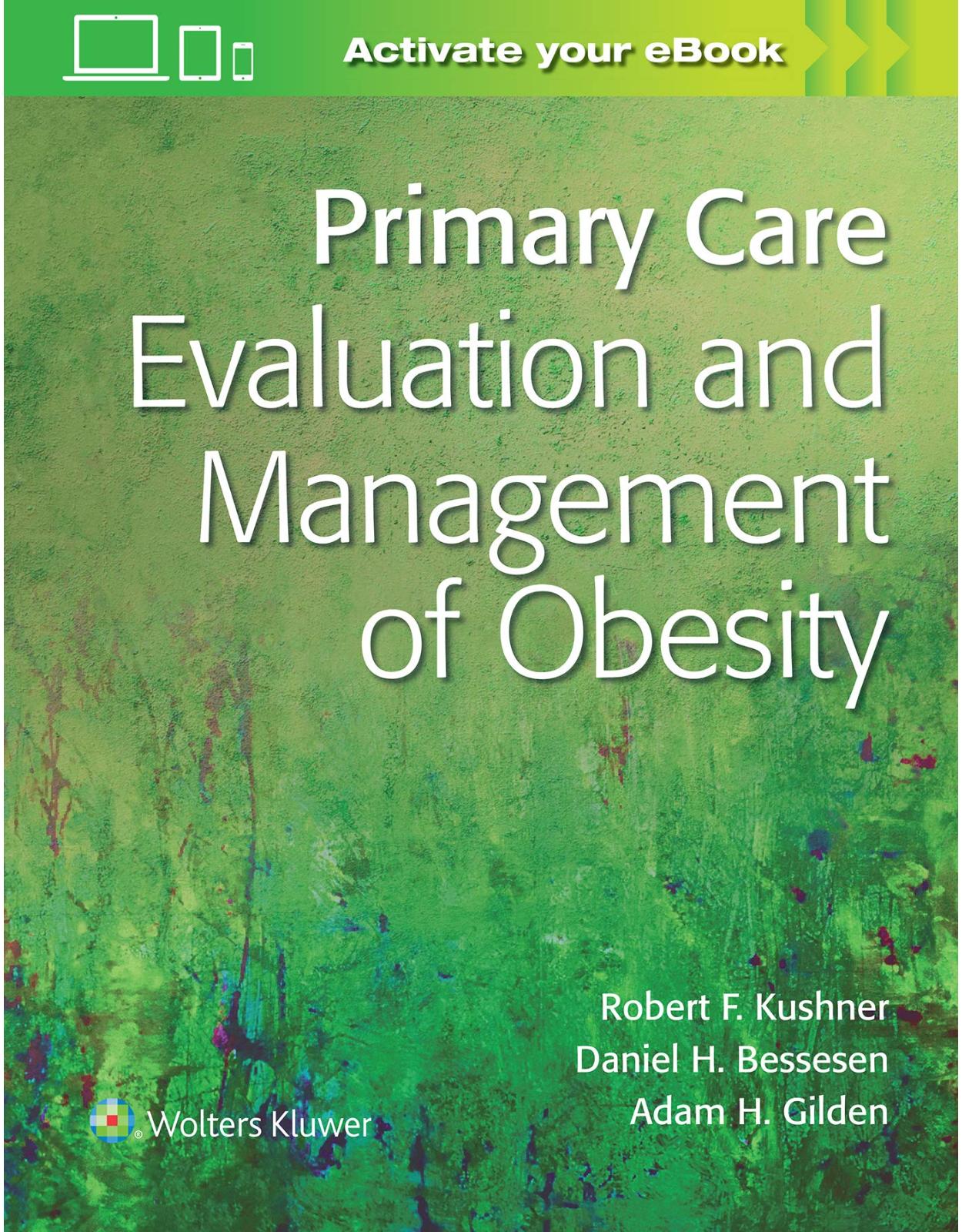
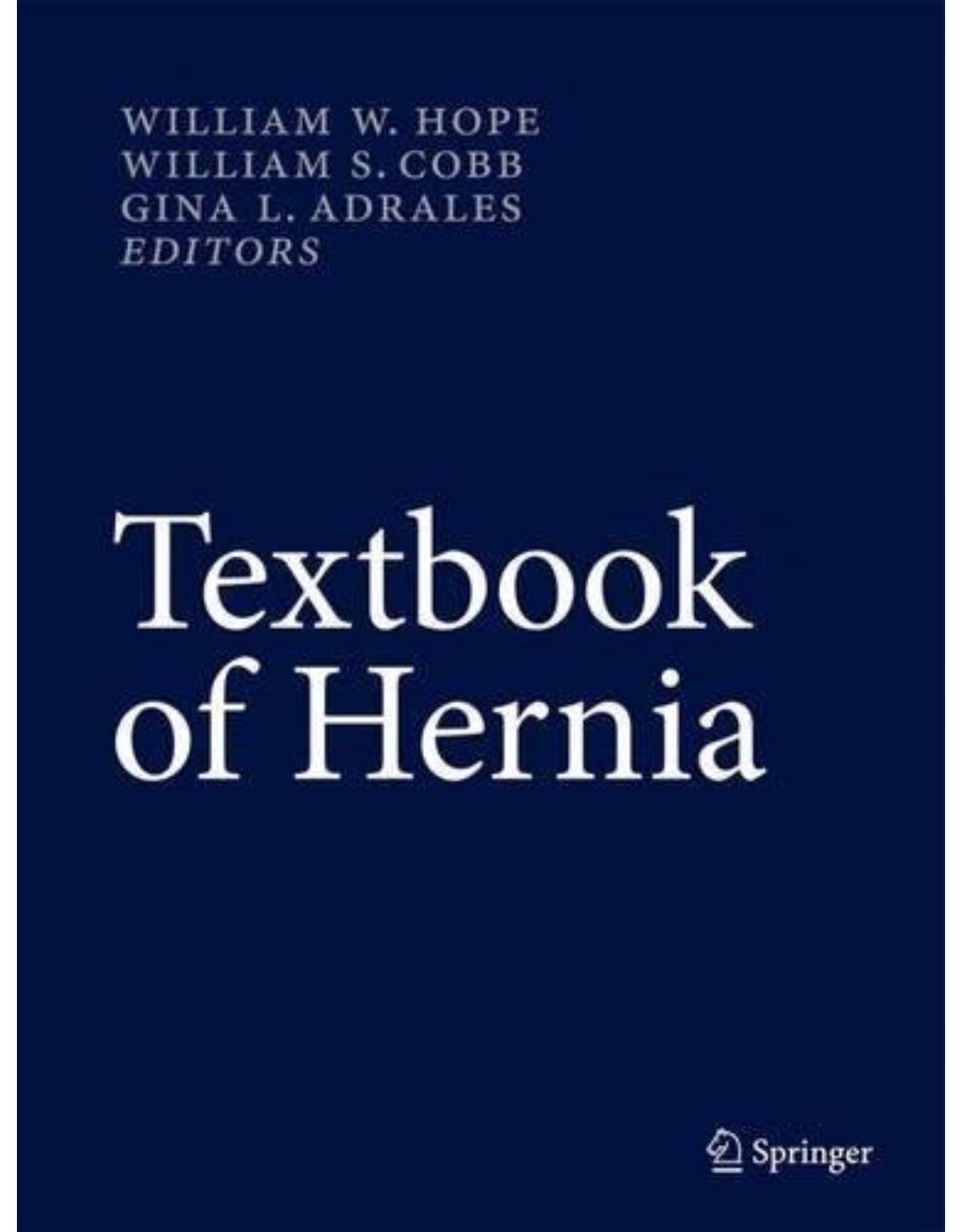
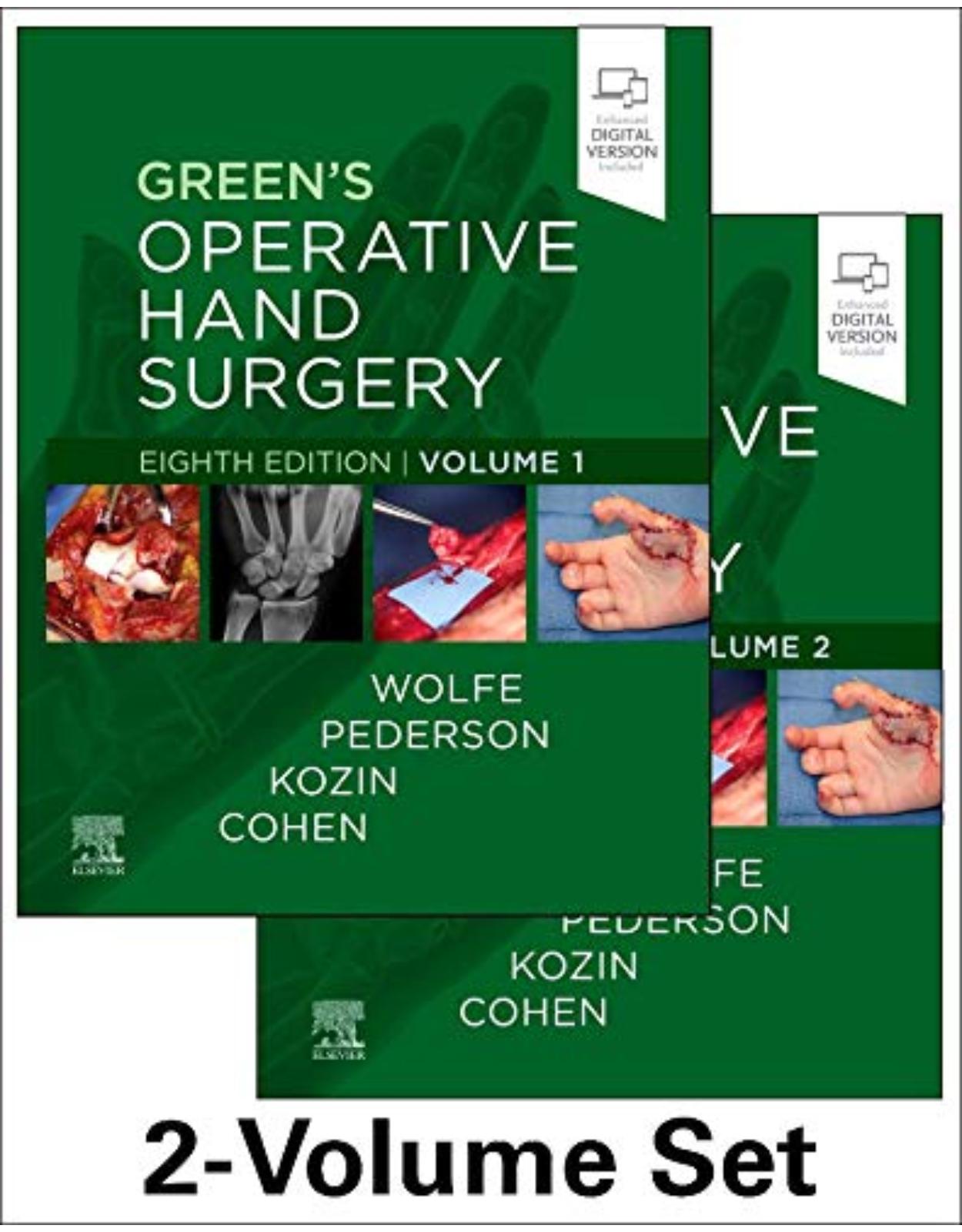

Clientii ebookshop.ro nu au adaugat inca opinii pentru acest produs. Fii primul care adauga o parere, folosind formularul de mai jos.